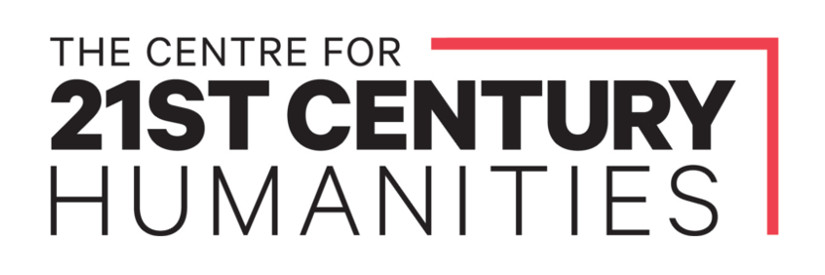Mixtec Tree Glyph
A collaboration of Bill Pascoei/Kaspar Paseko and Lucia Garces Torres.
This image is from a copy of a facsimile of the Codex Yuta Tnoho. The facsimile was made by Agostino Aglio in 1825-1831 and is held in the British Museum. The original Codex Yuta Tnoho, also known as Codex Vindobonensis, was scribed circa 1500. There are some minor differences but a high resolution copy of the original, held at the Austrian National Library in Vienna, is not available. A low resolution copy of the original is available from FAMSI: Codex Yuta Tnoho (Codex Vindobonensis Mexicanus), p37.
- Annotated glyph in Scriptopict
- Aims and Purpose
- Background
- Interpretative Difficulties and Popul Vuh
- Annotated Tree Glyph
- Mixtec Morphographeme Dictionary
- Concordance Of Trees
- Precolumbian Codices
- Accessible Language Dictionaries
- Locations and Maps
- Sources
Aims and Purpose
In the Yuta Tnoho (formerly 'Codex Vindobonensis') is a glyph depicting a tree with a decapitated head, flanked by two main figures and with a couple emerging from it, apparently marking the juncture between mythic and historic time. What does it mean?
Answering this requires understanding something of the codex it appears in, the story it tells, the information it provides, the way the writing system works, ancient Mesoamerican civilisation, archaeology and history, early colonial sources, the environment the codex was made in and that it depicts, the language and the culture of the people that wrote it and the culture of their descendants, Ñuu Dzaui people today. A deep reading of this glyph helps understand not only the glyph itself but much else about the language, art forms, culture it is part of and about ourselves in relation to.
This question will never be answered with finality. All things remain open to re-interpretation. The intention of this site and the IT tools available on it, not to provide a final and conclusive judgment of the meaning of this glyph, of the codex or of the ancient Mixtec civilisation and cultural practices. Rather it is to collect and offer possible interpretations and remain speculative. Our focus is on providing tools for interpretation. We hope that this will academic experts, Ñuu Dzaui people interpret and explain these codices, and to help all of us understand and appreciate them. We hope also, that it will help revive Ñuu Dzaui languages and the practice of using this unique art form or writing system.
For example, as well as the Scriptopict annotation of the image we aim to produce a dictionary of morphographemes (the smallest meaningful parts of pictoglyphs) in Mixtec codices to aid in their reading. Such a dictionary was noted as lacking by leading Mixtec academic, Maarten Jansen at the Bodleian Library's 2016 conference, Mesoamerican manuscripts: new scientific approaches and interpretations. We hope this will be useful in reviving the writing system, enabling the production new work in this unique artform, an activity that is most appropriately be lead by Ñuu Dzaui people today.
This is project is to provide tools, information and materials for the interpretation of the Glyph. Most detail is from the sources listed in the bibliography, with some speculation. Any errors will be corrected as soon as possible.
An advantage of our digital humanities practice is that unlike a book, a digital or web publication can easily be changed. It can involve an ongoing process of experimentation and improvement, changed and updated as new information becomes available, rather than needed to arrive at a final conclusion before publication. This site will always remain open to correction, so long as someone is able to update it.
This is an independent project not funded through any existing grant, nor as part of anyone's employment. We are doing it because it is worth doing. Any donations then are much appreciated, however small. Even a $20 donation will fund a designer to add a few more glyphs to the dictionary.
Background
Before Hernan Cortes arrived in Mexico in 1519 the Aztec, Maya and Mixtec civilisations were flourishing. Tenochtitlan, the capital of the Aztec empire was 10 times larger than any city in Europe at the time. These civilisations had libraries full of richly illuminated manuscripts and codices. Of this literature only about 8 to 20 codices remain. These are among the worlds most precious manuscripts, not only because of their antiquity, beauty and rarity. They are documents of civilisations that developed for thousands of years in isolation from the civilisations of Europe, Africa, Asia and Australia. These codices are examples of an artform not possible in Western colonisers' language and artistic techniques. It is a kind of visual poetry possible only in pictoglyphic media, different to our phonetic writing and visual art and irreducible to a combination of the two. The Codex Yuta Tnoho, formerly known as the Codex Vindobonensis (because it is held at the Library of Vienna), of the Mixtec civilisation is one of the finest yet least studied of the codices and the tree glyph seems of central importance to it.
The term 'Mixtec' comes from a Nahuatl (Aztec) word meaning 'people of the clouds'. The term Mixtec people use to refer to themselves in their own language is Ñuu Dzaui, meaning 'people of the rain', though the spelling and pronunciation varies as the region includes many languages. This language variation is one of the reasons a rich pictographic writing system flourished, as a purely phonetic writing system would not have been useful across the region. The term 'Ñuu' also doesn't correspond exactly to the English word 'people' but has a broader more general meaning, including place and community.
William Pascoe and Kaspar Paseko, 2017

